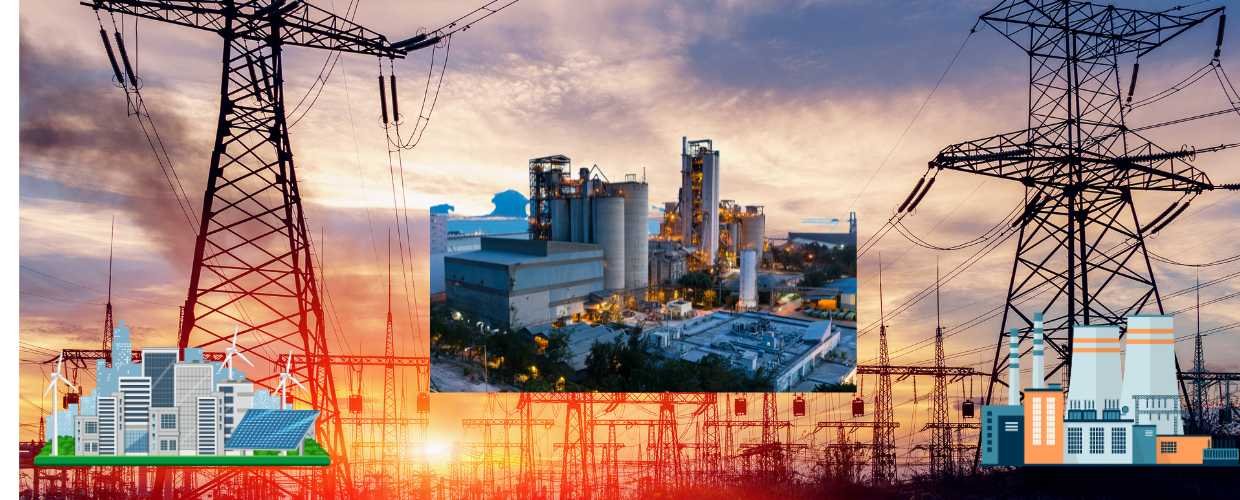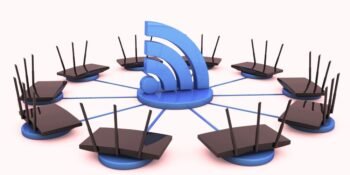Distributed generation stands as a pivotal and transformative force in the realm of energy production and consumption. Its emergence signifies a seismic shift in the traditional power landscape, with profound implications for energy security, environmental sustainability, and the resilience of energy systems. This comprehensive exploration delves into the multifaceted world of distributed generation, uncovering its profound significance, wide-ranging applications, and its transformative potential in shaping a more decentralized, sustainable, and resilient energy future.
The Significance of Distributed Generation
Distributed generation represents a fundamental departure from the age-old paradigm of centralized power generation. Its significance extends across a spectrum of crucial areas, ranging from energy resilience and environmental sustainability to the optimization of grid performance.
Energy Resilience and Reliability
One of the hallmark virtues of distributed generation is its capacity to fortify energy resilience and reliability. By generating electricity near where it is consumed, distributed generation minimizes the vulnerability of power supply to disruptions in the centralized grid. In times of natural disasters, grid failures, or other unforeseen events, distributed generation sources, such as rooftop solar panels and community microgrids, become invaluable. They can seamlessly provide backup power, ensuring that essential services like hospitals, emergency response centers, and critical infrastructure remain operational when they are needed most.
Environmental Sustainability
The synergy between distributed generation and environmental sustainability is inherent. Distributed generation systems often harness renewable energy sources like solar, wind, and biomass. These sources yield electricity with significantly lower greenhouse gas emissions compared to conventional fossil fuels, making distributed generation a linchpin in the fight against climate change. Reduced emissions translate to cleaner air, mitigate climate impacts, and a substantial decrease in carbon footprints.
Grid Performance Enhancement
Distributed generation enhances grid performance by mitigating line losses and alleviating congestion within the transmission and distribution infrastructure. These systems function as distributed energy resources, allowing for more efficient grid resource utilization. Consequently, the strain on the grid is reduced, and costly expansions and upgrades become less necessary, ensuring a more economical and sustainable energy ecosystem.
Technologies in Distributed Generation
The diverse tapestry of technologies underpinning distributed generation reflects the adaptability and versatility required to effectively meet specific energy needs and harness available resources.
Solar Photovoltaic (PV) Systems
Solar PV systems reign as one of the most pervasive and accessible forms of distributed generation. They capture energy from the sun through photovoltaic panels, converting sunlight into electricity. These systems can be seamlessly integrated into various settings, from residential rooftops and commercial buildings to expansive solar farms.
Wind Turbines
Distributed wind generation harnesses the power of wind through small- and medium-scale wind turbines. These turbines can be deployed in diverse rural and urban environments, offering a decentralized source of clean energy. Wind energy complements solar power, providing a reliable source of electricity when solar generation is reduced, such as during nighttime.
Combined Heat and Power (CHP) Systems
Combined Heat and Power (CHP), or cogeneration, represents a distinct facet of distributed generation. These systems concurrently produce electricity and useful heat from a single energy source, which can be natural gas, biomass, or waste heat from industrial processes. CHP finds applications in industrial facilities, hospitals, and commercial buildings, where the simultaneous generation of electricity and heat enhances energy efficiency and cost savings.
Applications of Distributed Generation
The distributed generation applications are as diverse as the settings in which it is deployed. Its adaptability allows for tailored solutions to meet energy needs effectively.
Residential
Distributed generation finds prominent application in residential settings, often in the form of rooftop solar panels. Homeowners can generate their electricity, reducing their reliance on centralized utilities and potentially feeding excess energy back into the grid. This democratizes energy production and allows homeowners to reduce their energy bills while contributing to a cleaner environment.
Commercial and Industrial
Commercial and industrial facilities embrace distributed generation to enhance energy resilience, reduce energy costs, and meet sustainability goals. Combined Heat and Power (CHP) systems are popular choices in these sectors. By generating electricity and heat on-site, businesses can optimize energy efficiency and ensure uninterrupted operations.
Rural Electrification
In remote or rural areas, distributed generation often emerges as the most pragmatic approach to providing electricity. Off-grid renewable energy systems, such as solar mini-grids, bring power to communities that are not connected to centralized grids. This empowerment fosters economic development, improves living standards, and enhances these communities’ overall quality of life.
Microgrids
Microgrids represent self-contained energy systems that can operate independently or in conjunction with the main grid. They are particularly valuable for critical facilities like hospitals, military bases, and remote communities. Microgrids offer high energy autonomy, allowing them to function even when the central grid experiences disruptions.
Challenges and Ethical Considerations
While promising, the adoption of distributed generation is not without its challenges and ethical considerations, each demanding careful consideration.
Grid Integration
The seamless integration of distributed generation into existing grids necessitates upgrades and modifications to the grid infrastructure. Ensuring harmonious coordination between distributed sources and centralized utilities poses a technical challenge that requires robust planning and investment.
Equity and Access
Equity and access are paramount concerns in the realm of distributed generation. It is imperative to ensure that the benefits of distributed generation are accessible to all communities, including those that are historically underserved or marginalized. Initiatives must be put in place to bridge the energy access gap and ensure that no one is left behind.
Regulatory and Policy Frameworks
The development and implementation of effective regulatory and policy frameworks are crucial to incentivize and facilitate the growth of distributed generation. These frameworks must address issues such as fair compensation for excess energy fed back into the grid, streamlined permitting processes, and standardized interconnection procedures. Furthermore, they should foster a conducive environment for innovation and investment.
The Future of Distributed Generation
The future of distributed generation is poised for continued growth, innovation, and evolution, offering opportunities for a more resilient, sustainable, and equitable energy landscape.
Advanced Energy Storage
The integration of advanced energy storage technologies will play a pivotal role in enhancing the reliability and flexibility of distributed generation systems. By storing excess energy during periods of high generation and deploying it during times of low generation or peak demand, energy storage solutions will maximize the efficiency and cost-effectiveness of distributed generation.
Grid Modernization
Grid modernization efforts will continue evolving, enabling seamless distributed generation integration into the existing grid infrastructure. The advent of smart grids, advanced control systems, and grid-edge technologies will facilitate the efficient management of distributed energy resources. These systems will allow for dynamic load balancing, demand response, and real-time optimization of energy flows.
Community-Based Energy
Community-based distributed generation models will gain prominence as communities recognize the advantages of collectively investing in and benefiting from local renewable energy projects. These models foster a sense of ownership and community engagement, empowering residents to shape their energy future.
Conclusion
Distributed generation is not merely a technological evolution but a transformative force reshaping the energy landscape. Its significance transcends mere energy production; it encompasses resilience, sustainability, and community empowerment. Distributed generation serves as a guiding light as we chart our course toward a more sustainable, reliable, and equitable energy future. Ethical considerations, grid integration, and policy frameworks must steer our journey. The future it envisions is one where communities and industries generate power locally, where energy is clean and accessible to all, and where the grid is a dynamic, adaptive ecosystem. Distributed generation stands at the vanguard of a brighter, more resilient energy landscape, propelling us toward a future where the power of choice and sustainability reign supreme.












